John Connolly has been responsible for some of the most terrifying novels I've read in the last ten years. His series of novels featuring private detective Charlie Parker are some of the most chilling explorations of evil, both supernatural and human, I've ever had the pleasure of reading. But for my money his dark fairytale The Book of Lost Things is his finest achievement as a writer. A truly remarkable and incredibly powerful book that moved me to tears at the end. When I approached John with the idea of him doing a piece on his top five horror movies I anticipated that he would be far too busy writing another masterpiece to take the time to do something for a wee horror blog. I was wrong and he actually gave us his Top 6. I'd just like to finish up by thanking John for taking the time to do this.
-------------------------------------------------------------------------------------------------------------------------------------------------------------------------------
The notion of what constitutes “horror” is
pretty fluid, I think. I speak as
someone whose mystery novels include more than a dash of the supernatural –
which, of course, doesn’t necessarily equate to horror. Like beauty, horror is generally in the eye of
the beholder: what horrifies one viewer may elicit barely a flicker of reaction
in another. I’ve often thought, though,
that “horror” is an unfortunate label to apply to the genre. It’s the only genre named after a visceral
reaction, and a reaction that most of us have no great desire to experience in
a real, profound sense. For me, horror
is often linked to the body, and degrees of suffering. It is the recognition, as John Donne put it,
that “The concavities of my body are like another Hell for their
capacity”.
Nevertheless,
in compiling this list I’ve taken a wider view as, curiously enough, I have no
particular fondness for body horror. I accept, therefore, that not every film
listed below will necessarily conform to everyone else’s precise definition of
horror, if only because – as I said above - that definition is so personal to
each of us. I should also add that this
is just today’s list. Ask me next week
and, depending on my mood, it might be entirely different.
-------------------------------------------------------------------------------------------------------------------------------------------------------------------------------
THE THING (John Carpenter, 1982)
I’m not a huge fan of H.P. Lovecraft, whose
imaginative reach always seemed to exceed his literary grasp, although I remain
sorry that Guillermo del Toro has not yet realized his ambition to film
Lovecraft’s “At the Mountains of Madness”, if only because I’m curious to see
what he might make of it. Still, it’s
always seemed to me that “At the Moutnains…” was a very significant influence
on “Who Goes There?” by John W. Campbell, which was adapted for both 1951’s The
Thing from Another World and Carpenter’s superior remake.
Actually, I wasn’t very keen on “Who Goes
There?” when I eventually read it. Like
Lovecraft, Campbell was more interesting for his ideas and scenarios than his
actual prose and storytelling, and “Who Goes There?” hasn’t weathered the years
well. (Campbell also strikes me as an
unpleasant piece of work, a natural controversialist who didn’t understand that
irony, and arguing against prevailing doctrines, do not excuse one from being a
bigot or an idiot.)
Carpenter’s film takes the best ideas from
Campbell’s story – the Antarctic setting, the all-male research theme (diluted
by a single damsel-in-distress in the 1951 version), the blood test with the
heated wire and, most importantly of all, the creature’s shape-shifting
capacities – and runs with them to the point of absolute bleakness, aided by
Rob Bottin’s brilliant creature effects, perhaps the last great gasp of
model-making and stop-motion animation in the genre. It’s science fiction in concept, but horror
in its Donne-like understanding of the body’s capacity for suffering.
-------------------------------------------------------------------------------------------------------------------------------------------------------------------------------
I saw this film shortly after delivering my
seventh novel, The Book of Lost Things, and realized that del Toro was
approaching similar subject matter – grief, loss, fairy tales, war - but in a
different medium. The director’s
English-language films have always disappointed me slightly, for they seem to
be less than the sum of their parts.
With Pan’s Labyrinth, he achieved a perfect mix of storytelling and
imagery, and there is little about the film that I would change. And, in the sequence concerning Ofelia’s
encounter with the Pale Man, he created one of the finest five minutes of any
film in this century. Ivana Baquero, who
played Ofelia, went on to star in the film of one of my short stories, The New
Daughter, for which I’m very grateful to her. Incidentally, I also love The
Devil’s Backbone, del Toro’s 2001 Spanish Civil War-era ghost story which can
be seen as dry run for Pan’s Labyrinth.
-------------------------------------------------------------------------------------------------------------------------------------------------------------------------------
THE BRIDE OF FRANKENSTEIN (James Whale, 1935)
-------------------------------------------------------------------------------------------------------------------------------------------------------------------------------
Permeated by grief and loss, and filmed in
a Venice that manages to look both beautiful and haunted, this remains, for me,
Roeg’s finest moment. It’s an adult
horror film in the sense that it explores a particularly adult fear – the death
of a child – and attempts to find a visual corollary for it. It also manages the difficult feat of
including a shock ending that doesn’t overwhelm what came before it.
-------------------------------------------------------------------------------------------------------------------------------------------------------------------------------
Another film that explores the body’s
capacity for suffering, but with a sexual component that makes it quite unlike
anything seen on screen before. Watching
it again, what strikes the viewer is just how slow it is, how painstakingly it
works to convey monotony without being monotonous while also giving us time to
care about the crew. And, in Ripley, it
throws aside the screaming female sci-fi victims of the past, as well as any
Barbarella-esque sex totty, and gives us a third way: a science fiction heroine
who just happens to be a woman, which is a lot more revolutionary than it
sounds. James Cameron’s sequel, Aliens
(1986), played interesting games with ideas of motherhood, but it’s overlong
and too much in love with macho weaponry.
Alien is the real deal.
-------------------------------------------------------------------------------------------------------------------------------------------------------------------------------
Okay, so I could have included Audition, or
Psycho, or The Birds, or Rosemary’s Baby, or The Innocents, or Bob Hope in The
Cat and the Canary, The Laurel-Hardy Murder Case, or An American Werewolf in
London, or either great version (1956, 1978) of Invasion of the Body Snatchers
– and even by writing out their titles I’m kind of cheating a bit - but I’ll go
with Jaws because it’s one of those films – along with, say, Zulu or The
Magificent Seven for me – in front of which I can sit down if I catch it on TV,
telling myself that I’ll only watch a few minutes of it, and I will still be
watching at the end. Cast, director,
story, music – all come together in near-perfect harmony. Okay, so Bruce the Shark remains a bit
clunky, but who really cares? Think of
the fear of being consumed, the blackness of the shark’s eyes, Quint’s tale of
survival and predation, “We’re going to need a bigger boat”, the floating head…
-------------------------------------------------------------------------------------------------------------------------------------------------------------------------------

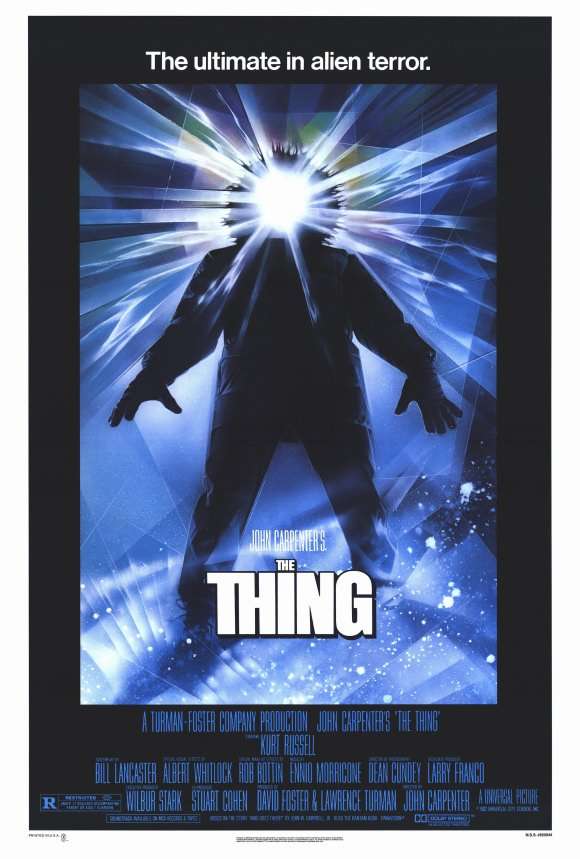
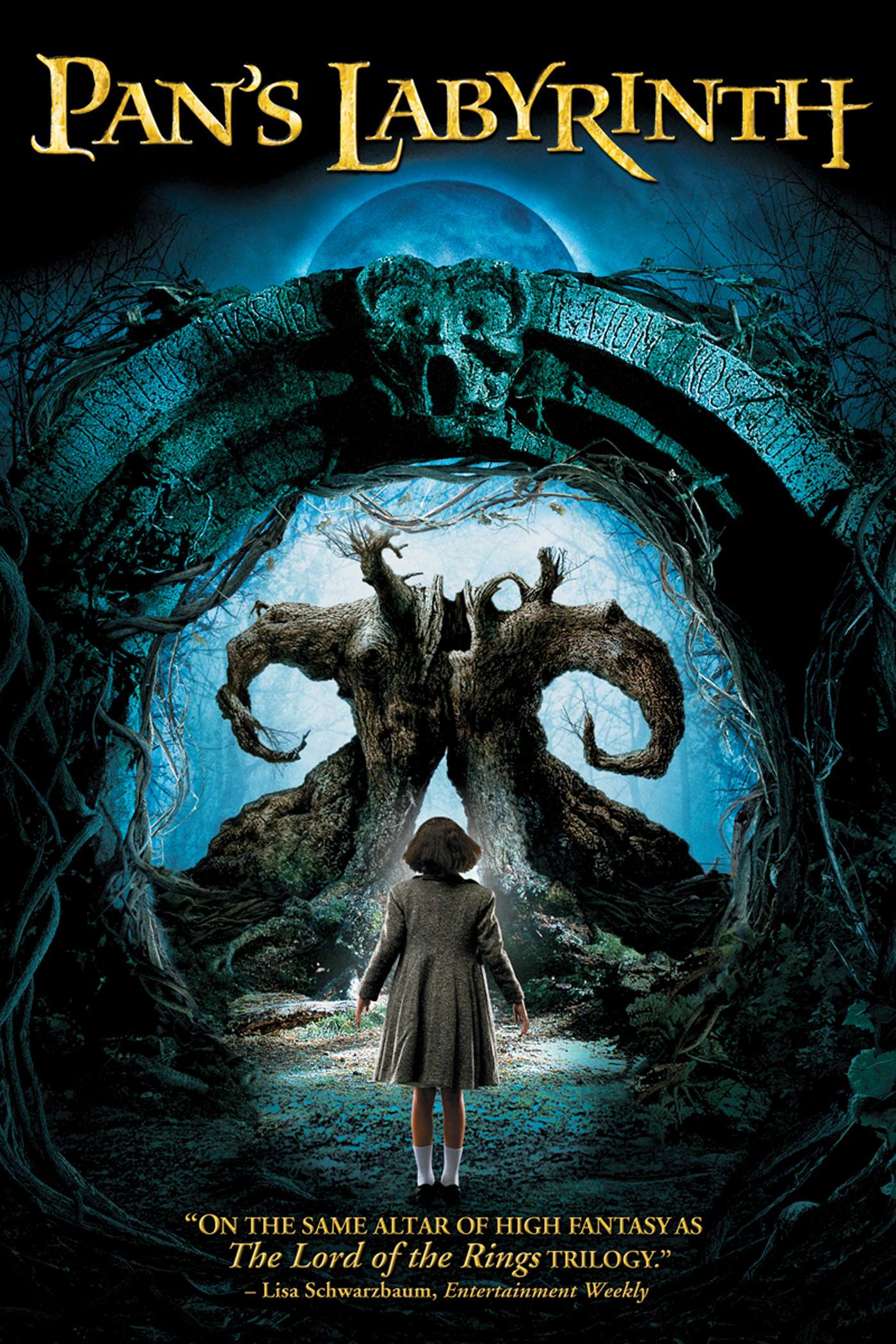

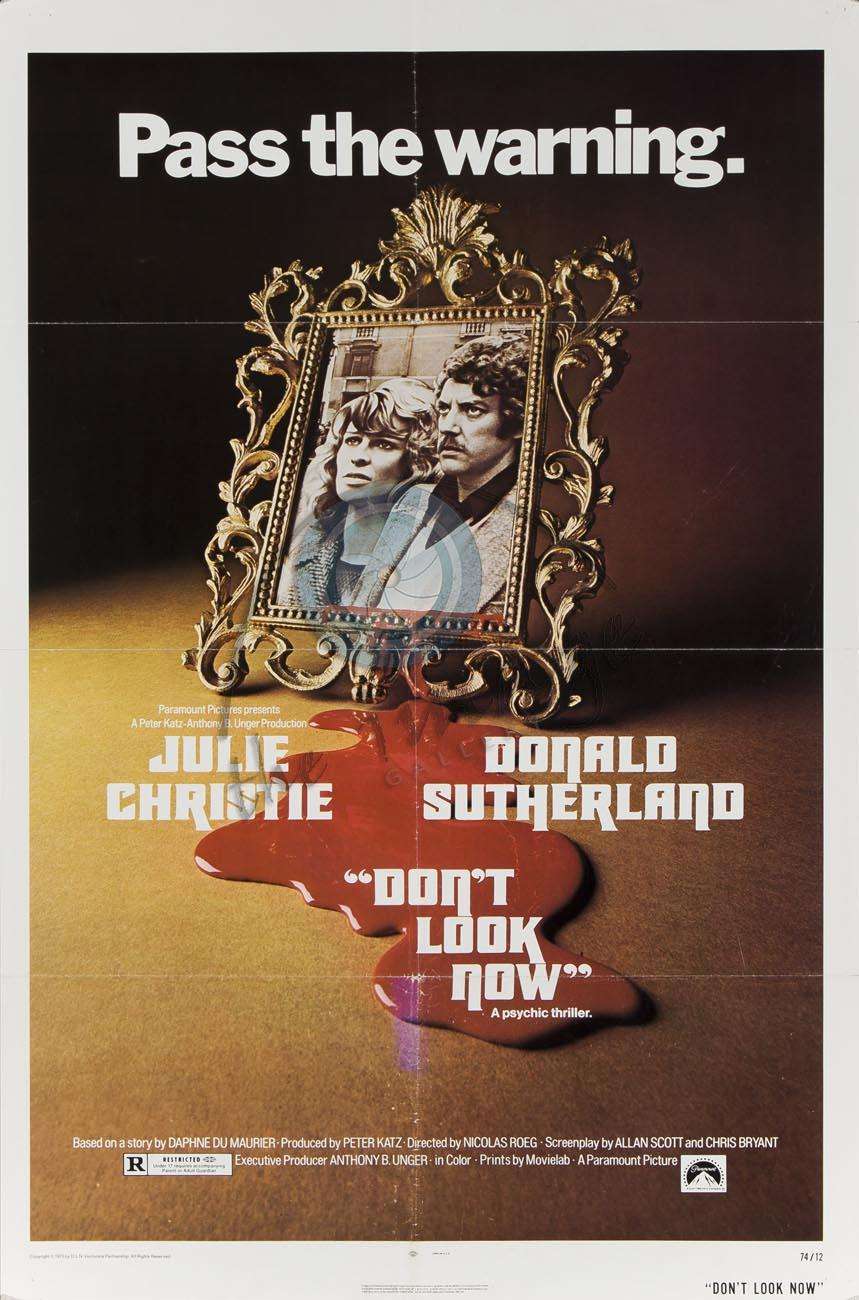
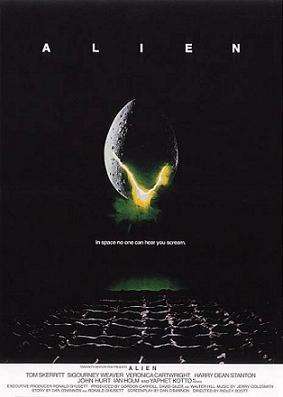
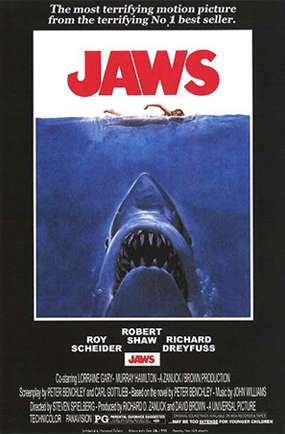
I probably would have omitted Jaws for The Changeling but you're the writer. The other choices are spot on.
ReplyDelete